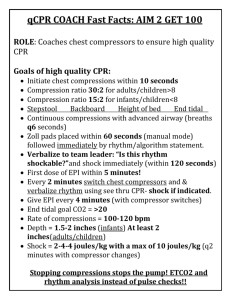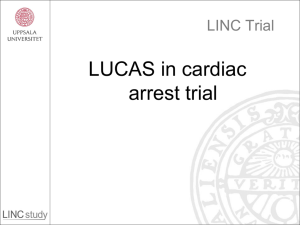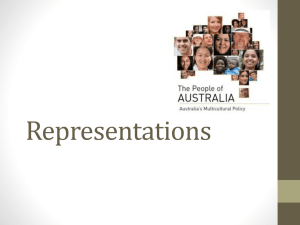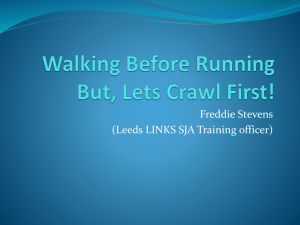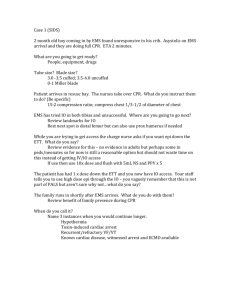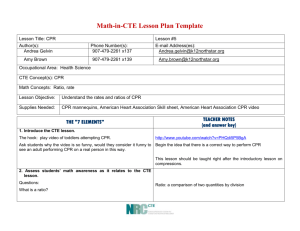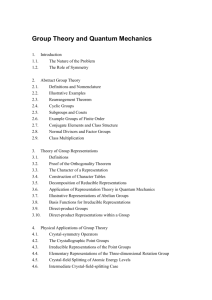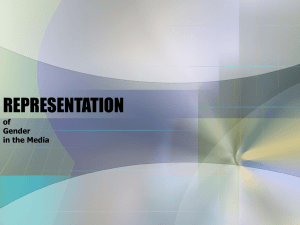JulyCodes - Michaellissack.com
advertisement
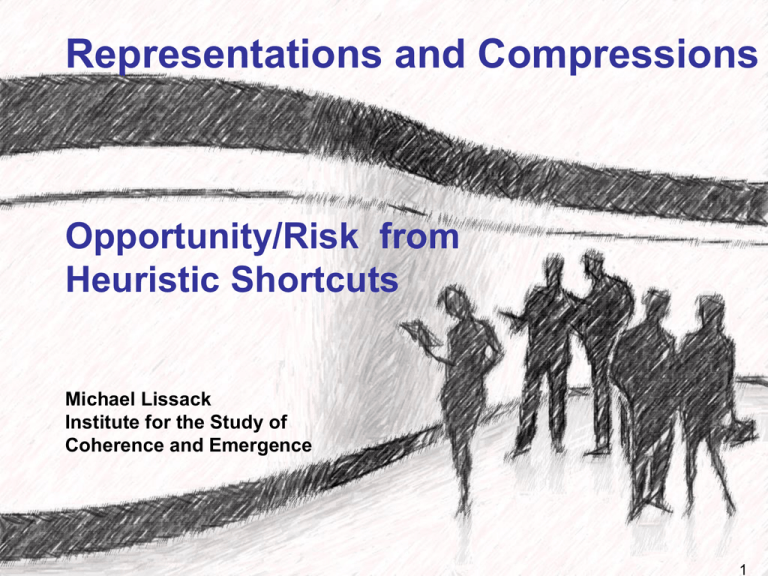
Representations and Compressions
Opportunity/Risk from
Heuristic Shortcuts
Michael Lissack
Institute for the Study of
Coherence and Emergence
1
2
3
Knowledge is not a matter of
getting reality right, … but rather
a matter of acquiring habits of
action for coping with reality”
Richard Rorty
“
4
Representations
• The action or fact of one item standing for
another.
• The substitution of an individual or class in place
of another (indexicals)
Representations are labels and sign tokens of
membership in a predefined category
5
Compressions
• Compression is the reduction in size of data in
order to save space or transmission time.
• Compressions can be either lossy {some
information is permanently lost) or lossless (all
information can be restored).
Compressions are stories, models, narratives which
allow the user to ask “what if”
6
What is the Problem?
Models based on representations are concerned with
reliable prediction
Models based on compressions are concerned with
attaining better attunement with affordances
These goals are NOT the same
But all too often the models are confused
7
8
Everything should be made as
simple as possible.
…
But not simpler.
Albert Einstein
“
9
Ontology
Science I
Science 2
Complex
Simple
Chaotic
Complicated
Emergence
Reflexive Anticipation
Will
10
Science I
Simple
Complicated
Focus is on
Description
Focus is on Reliable
Prediction
Deduction
Induction via Probabilistic
Inference
11
Science II
Complex
Chaotic
Focus is on
Sagacity(Preparedness)
/
Resilience/ Robustness
Focus is on Pattern
Recognition/Identity
Assertion
Assert Identity
Abduction
12
The degree of complexity present
is the degree to which our chosen
method of reduction has failed
13
14
15
16
17
18
19
20
21
Challenges to the Representation Model
• Anticipation
• Action
• Attention
• Affordances
• Experience
• Learning
22
23
24
25
26
Takeaways
Codes are NOT Cues
Labels are NOT Stories
Humans are NOT Algorithms
Representations are NOT narratives
Context Matters
Efficiency can be the enemy of Resilience
27
http://isce.edu
http://isce.edu/mbr.pdf
28
